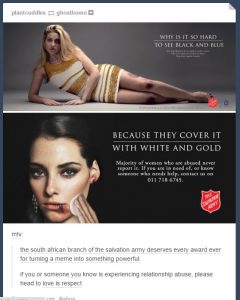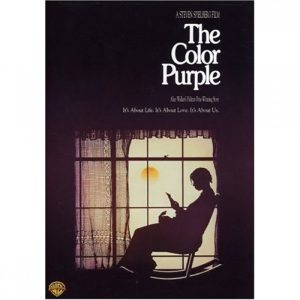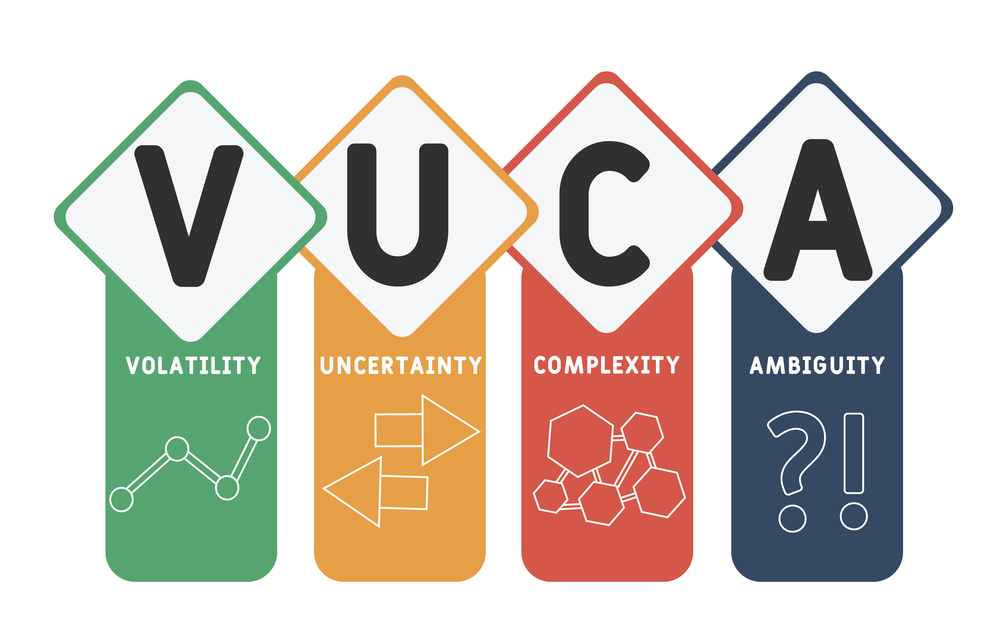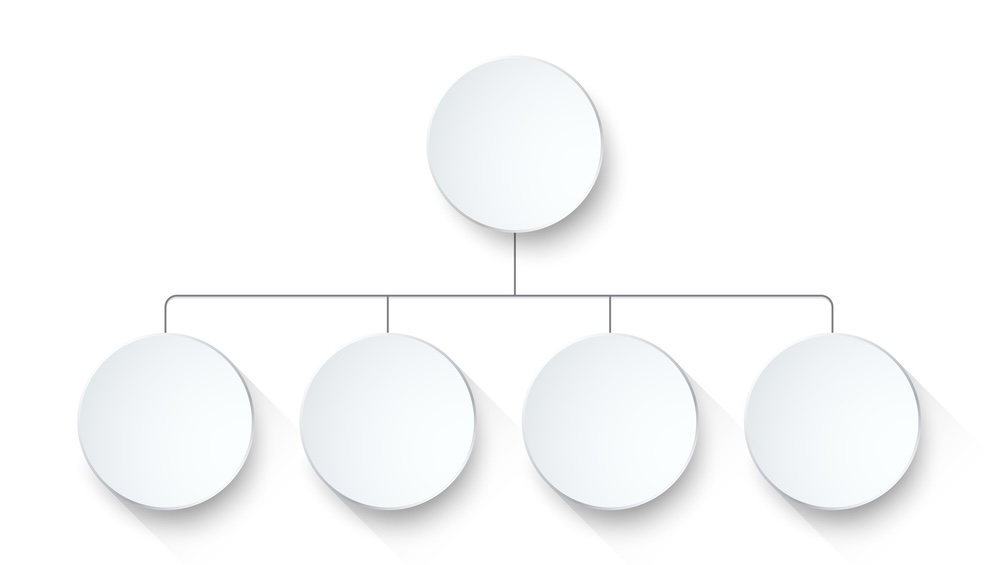 The phrase domestic abuse often triggers images of a woman’s bruised, helpless stare. It’s a terrible characterization that you have probably seen on an awareness poster at a bus stop or in a commercial. It’s also shown in films and on television, like a fictional horror story that can only be seen from the safe distance of a flickering screen. Yet, you just have to look at the alarming stats here in Canada to understand this isn’t a faraway problem that is exaggerated through the media or an improbable threat that only seems to happen to ‘other people’ who we do not know. (For more information about the prevalence of domestic violence please see this 2016 report published by Statistics Canada).
The phrase domestic abuse often triggers images of a woman’s bruised, helpless stare. It’s a terrible characterization that you have probably seen on an awareness poster at a bus stop or in a commercial. It’s also shown in films and on television, like a fictional horror story that can only be seen from the safe distance of a flickering screen. Yet, you just have to look at the alarming stats here in Canada to understand this isn’t a faraway problem that is exaggerated through the media or an improbable threat that only seems to happen to ‘other people’ who we do not know. (For more information about the prevalence of domestic violence please see this 2016 report published by Statistics Canada).
Although the prevalence of domestic violence is well-documented, it isn’t something that is openly discussed, especially in formal or semi-formal settings such as your place of work. I had to ask myself ‘why not?’ As a Career Coach and HR Consultant with a doctorate in Industrial and Organizational (I/O) Psychology, shouldn’t I explore a topic that affects so many employees? The fact is that at this very moment someone is walking into their office after being verbally, physically, or sexually abused by their partner or ex-partner. Most will remain silent despite access to HR and other potential support systems.
This is a topic that is uncomfortable to examine let alone resolve, but I am no stranger when it comes to tackling topics and challenges that others tend to shy away from. In the past, I have confronted issues that require more nuance, sensitivity, awareness, and most of all discretion than typical and/or simpler HR matters. Some of these subjects include workplace bullying and addressing values versus politics in the workplace.
Consequently, it’s not a stretch for me to dig deeper into a crisis such as violence against women (VAW) or the more inclusive intimate partner violence (IPV) that could very well involve some of my current or future (HR or career coaching) clients. Whether the people affected disclose it or not, based on stats alone, many of us know someone in our personal or professional circles who are dealing with this troubling situation. Although I may refer to the victims as she more often than he, I do acknowledge that these problems can affect anyone regardless of their gender identity.
Common Myths and Misperceptions
Before I get into describing how domestic violence can appear in the workplace, I will dispel some common myths and misperceptions that are often directed at victims of domestic violence.
- Myth – The victim must share some of the blame. Reality – the perpetrator can and will find ways to justify their behaviour, the victim shouldn’t be blamed for another person’s choices.
- Victims of violence are not weak or stupid for ‘allowing ‘ themselves to be abused. Manipulation, control, and power differentials contribute to these problems.
- Just because the police were not called, or they were called but no charges were made, or there are no apparent injuries does not mean the victim isn’t in critical danger.
- VAW and intimate partner violence (IPV) only happens to certain ‘types’ of people. There is absolutely no specific appearance, age, or class, race etc. it can happen to people of any demographic background.
Sometimes art doesn’t imitate life
This last myth about the existence of a specific “type” of person who is the usual victim of VAW or IPV is intriguing. It’s been a device or approach used in films which have influenced our assumptions of what abuse within a relationship looks like.
Sometimes the portrayals are stereotypical and/or simplified such as evil husband torments powerless wife…but sometimes these films can help shed new light on the issue and inform the audience about how pervasive the problem actually is.
 These four films are worth mentioning:
These four films are worth mentioning:
- The Color Purple
- Raging Bull
- Sleeping with the Enemy
- Enough
These movies clearly show that violence against women cuts across different generations and socioeconomic backgrounds. Another common thread in all four of these female characters dealing with abusive partners was that they did not have or start careers once they were married and thus were left quite literally to be ‘domestically’ abused. While isolated within the privacy of their homes we see how quickly the violence escalates, and how it can stay hidden.
This got me thinking about the ‘other women’ who are not hidden in the proverbial shadows of violence at home. These women are the ones who are stepping into their workplace every day. Some of them conceal bruises under their clothing or cosmetics. Many of them may try to ignore non-stop harassing texts from their partner/ex-partner so that they can focus on their work.
Sometimes the abused woman is one who doesn’t ‘fit’ the stereotypical mold of what we see on screen. She doesn’t have to be some poor girl betrothed to a bully of a man as we see in The Color Purple. She isn’t necessarily a naïve underage girl exploited by an older man and left barefoot and pregnant as portrayed in Raging Bull. Similarly, in Sleeping with the Enemy and Enough, battered wives aren’t always financially controlled by their rich husbands or ordered into submissive servitude. But these are common depictions society is familiar with when we think of domestic abuse.
 More often than not, women who are dealing with abuse from their partners/former partners go about their busy personal and professional lives just like everyone else does. They might smile confidently in the office. They may pretend they aren’t afraid to walk to their cars after work. They may even keep a beautifully framed picture of their wedding day on their desk.
More often than not, women who are dealing with abuse from their partners/former partners go about their busy personal and professional lives just like everyone else does. They might smile confidently in the office. They may pretend they aren’t afraid to walk to their cars after work. They may even keep a beautifully framed picture of their wedding day on their desk.
How can you really tell who is suffering in silent fear in your workplace? Check back here for the second half of this two-part blog on this serious and prevalent topic.
Need help dealing with delicate or high-stakes career or HR issue? I invite you to contact me privately. I offer a free 15 to 20-minute initial consultation by phone. Or, if you prefer, you can contact me by email, or via direct message on Twitter, Facebook, or LinkedIn.
More than career coaching, it’s career psychology®.
I/O Advisory Services – Building Resilient Careers and Organizations.
Easily share this article using any of the social media icons below!



